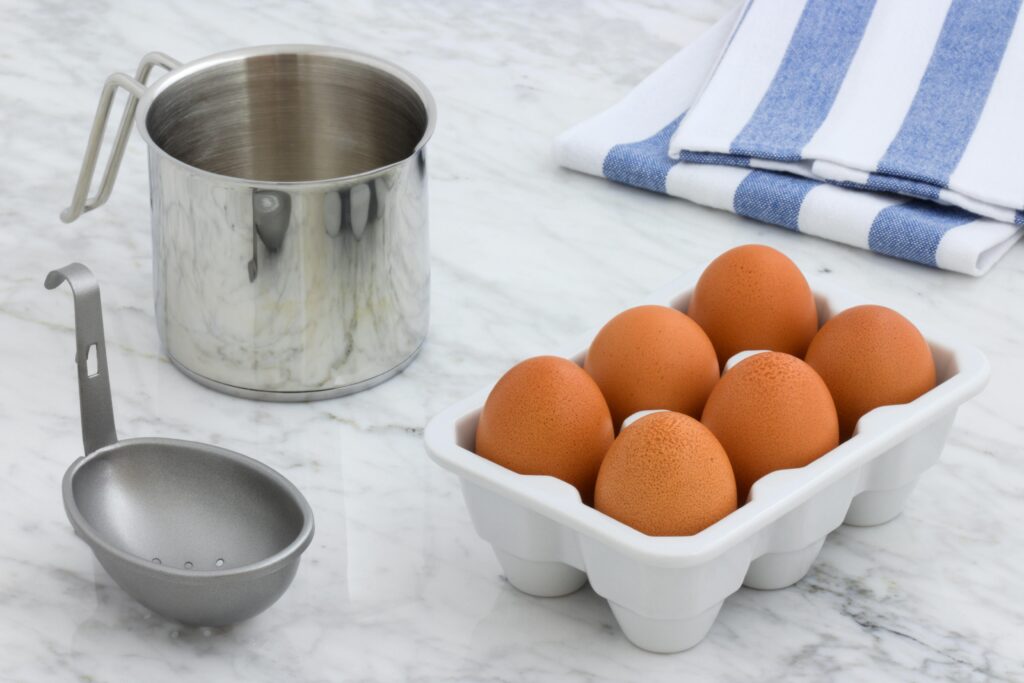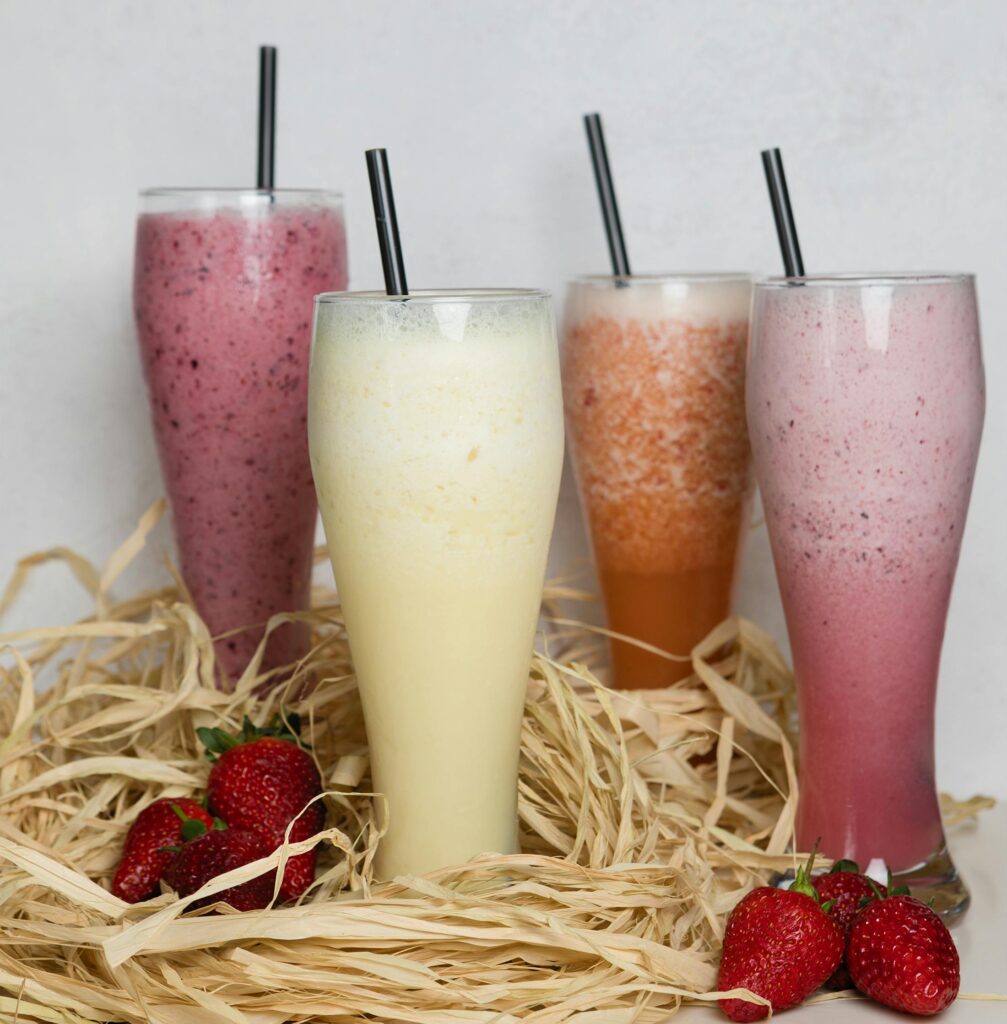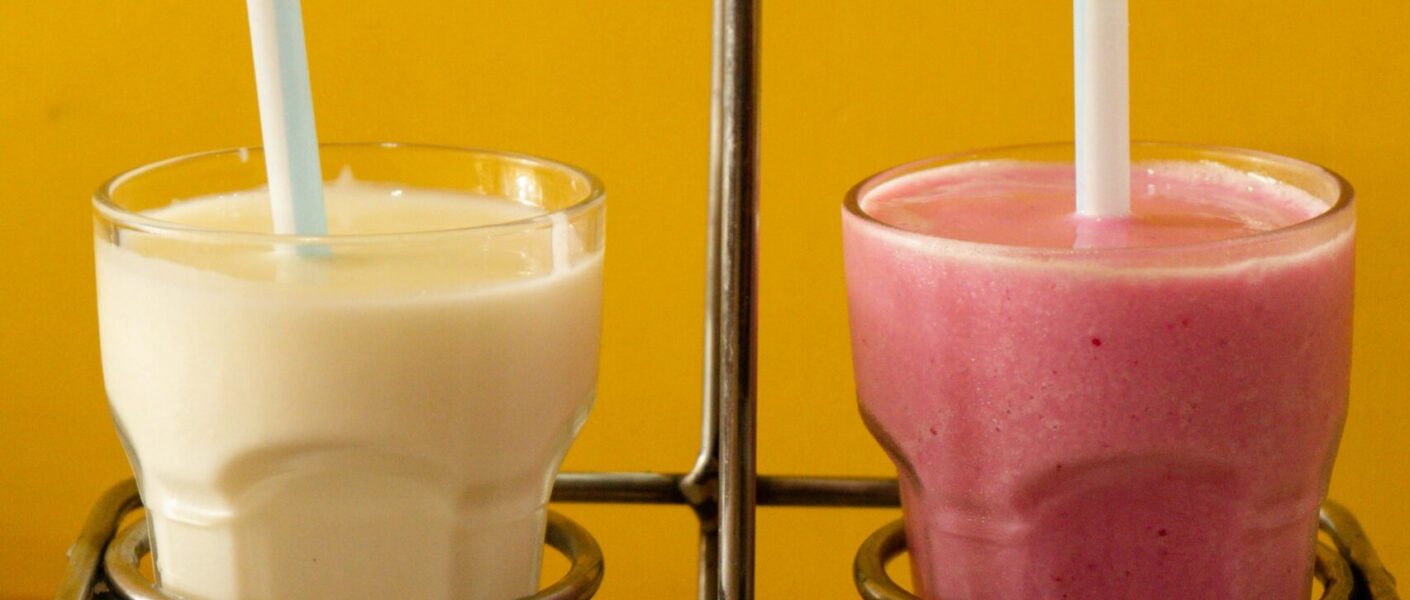Protein powder is often hailed as a convenient way to boost your protein intake, especially after workouts or as a quick breakfast option. But is protein powder truly healthy, and is it necessary for everyone? Let’s dive into these questions and explore who might benefit from protein powder, while also examining the different types available.
Is Protein Powder Healthy?
Protein powder can be a healthy addition to your diet when used appropriately. It provides a concentrated source of protein, which is essential for muscle repair, immune function, and overall health. Many protein powders are made from high-quality ingredients and are low in fat and carbohydrates. However, not all protein powders are created equal. Some may contain added sugars, artificial flavors, or other additives. To ensure you’re choosing a healthy option, look for products with minimal ingredients and no unnecessary fillers.
Is Protein Powder Necessary?
Protein powder is not a necessity for everyone. Most people can meet their protein needs through a balanced diet that includes a variety of protein-rich foods such as lean meats, dairy, eggs, legumes, and nuts. However, protein powder can be a convenient and efficient way to increase protein intake, especially for those with higher protein needs, such as athletes, bodybuilders, or individuals with specific dietary restrictions.
For individuals who struggle to get enough protein from whole foods alone, or who need a quick post-workout recovery option, protein powder can be a valuable tool. It’s also useful for those who are on a vegetarian or vegan diet and may find it challenging to meet their protein needs through plant-based sources alone.
Who Should Consume Protein Powder?
- Athletes and Fitness Enthusiasts: Those who engage in intense exercise or strength training may require more protein to support muscle repair and growth. Protein powder provides a convenient way to meet these increased needs.
- Vegetarians and Vegans: Plant-based diets may lack sufficient protein sources. Protein powder can help fill this gap and ensure adequate protein intake.
- Busy Professionals: For individuals with hectic schedules, protein powder offers a quick and easy solution to increase protein intake without spending much time on meal prep.
- Older Adults: As we age, maintaining muscle mass becomes increasingly important. Protein powder can help older adults meet their protein needs, especially if they have a reduced appetite or difficulty consuming enough protein from whole foods.

The Different Types of Protein Powder
Understanding the different types of protein powder can help you choose the best option for your needs. Here’s a rundown of the most common types:
- Whey Protein: Derived from milk, whey protein is one of the most popular and fast-absorbing protein powders. It’s rich in essential amino acids and ideal for post-workout recovery. However, it contains lactose, so it might not be suitable for those with lactose intolerance.
- Casein Protein: Also derived from milk, casein protein digests more slowly than whey, providing a steady release of amino acids. It’s often used as a nighttime protein source to support muscle repair during sleep.
- Soy Protein: A plant-based option, soy protein is a complete protein, meaning it contains all essential amino acids. It’s a good choice for vegetarians and vegans and can help support muscle growth and repair.
- Pea Protein: Another plant-based option, pea protein is rich in iron and can be easily digested. It’s a great alternative for those with allergies or sensitivities to dairy or soy.
- Hemp Protein: Made from hemp seeds, hemp protein contains omega-3 fatty acids and fiber. It’s a good option for those looking for a protein source with additional nutritional benefits.
- Brown Rice Protein: Often used in combination with pea protein to create a complete amino acid profile, brown rice protein is a hypoallergenic option that’s suitable for most dietary needs.
- Mixed Plant Proteins: Some protein powders combine various plant-based sources, such as pea, rice, and hemp, to offer a complete amino acid profile and diverse nutrient benefits.

Protein Pancakes and Waffles
One of the easiest and tastiest ways to use protein powder is by adding it to your pancake or waffle batter. This transforms your breakfast into a protein-packed start to the day without sacrificing flavor. Whether you keep it simple or throw in extras like bananas or blueberries, a scoop of vanilla or chocolate protein powder can take your pancakes or waffles to the next level. You’ll have a hearty breakfast that keeps you full for longer while indulging in something sweet.
No-Bake Energy Bites
For a quick, nutritious snack, protein powder is perfect for making energy bites. Combine protein powder with oats, nut butter, honey, and a sprinkle of coconut, then roll them into bite-sized snacks. These no-bake energy bites are ideal for a midday pick-me-up or post-workout refuel. Customize the recipe with your favorite add-ins like dried fruits, chia seeds, or cacao nibs for an extra boost of flavor and nutrients.
Baking with Protein Powder
Protein powder can seamlessly fit into your baking routine as well. Add it to cookie, muffin, or bread recipes for a hidden protein boost. For instance, chocolate chip cookies can become a healthier treat by substituting part of the flour with chocolate protein powder. Whether you’re making a birthday cake or a batch of breakfast muffins, protein powder is an easy addition that increases the protein content without affecting taste or texture.
Protein-Infused Coffee or Hot Drinks
Your daily cup of coffee or tea can be a surprising yet effective way to incorporate protein powder. Stirring in a scoop of protein powder into your morning coffee not only adds a smooth, creamy texture but also turns it into a protein-rich drink that fuels you for the day. Try using flavored protein powder like vanilla or caramel for a subtle sweetness that complements your coffee.
Protein-Packed Ice Cream
Who says you can’t enjoy a sweet treat and still stick to your health goals? By blending frozen bananas with protein powder and almond milk, you can make a simple yet indulgent protein ice cream. It’s a healthier alternative to store-bought varieties, low in sugar and packed with nutrients. Add toppings like fresh berries, nuts, or dark chocolate chips to make it even more satisfying.
Adding to Soups and Sauces
If you’re looking for savory ways to use protein powder, try mixing it into soups and sauces. Unflavored protein powder works best for this, blending effortlessly into broths, stews, or pasta sauces. It’s a great way to boost the protein content of a meal without altering the flavor. This method is especially useful if you’re preparing a plant-based or meat-free meal that might otherwise lack sufficient protein.

Protein-Powered Bowls
For those who enjoy a hearty bowl meal—whether it’s a breakfast bowl with yogurt and granola or a grain bowl for lunch—adding protein powder is a game changer. Mix it into oatmeal, chia pudding, or even salad dressings to give your meal a nutritional upgrade. Protein powder complements a variety of flavors, from sweet bowls topped with fruit to savory grain-based bowls with veggies and healthy fats.




